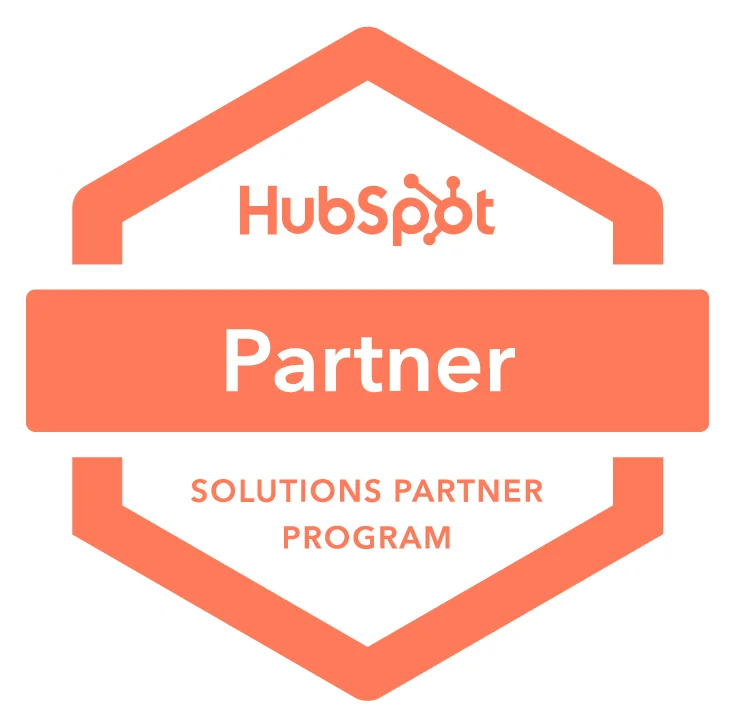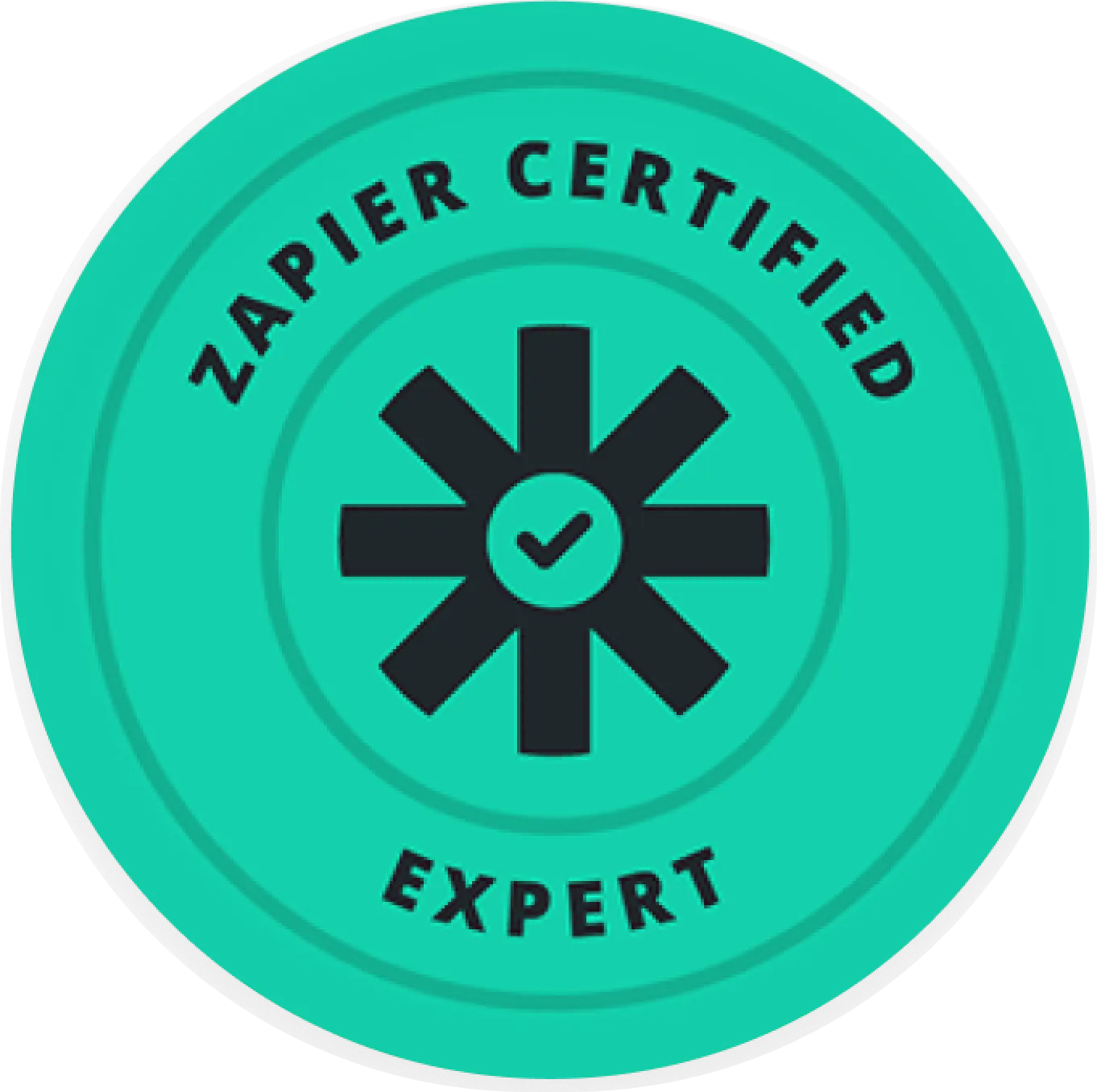
Bubble is a revolutionary no-code development platform that enables individuals and businesses to create sophisticated and interactive web applications without the need for coding knowledge. With Bubble's visual interface and extensive feature set, you can bring your ideas to life and launch fully functional web applications in a fraction of the time it takes to write code.

- No Coding Required: Bubble's drag-and-drop interface and visual workflows make it accessible for anyone to create web applications, regardless of their coding background.
- Rapid Application Development: Build feature-rich web applications quickly by leveraging Bubble's extensive library of pre-built components and templates.
- Dynamic and Interactive Design: Create visually stunning and highly interactive web applications using Bubble's rich set of design and animation tools.
- Database and Backend Integration: Seamlessly integrate databases and APIs into your web applications, allowing you to manage and retrieve data without any coding.
- Responsive and Mobile-Ready: Ensure your web applications look and function flawlessly on any device with Bubble's responsive design capabilities.
- Collaboration and Deployment: Collaborate with team members and stakeholders, and easily deploy your web applications to the web with a few simple clicks.
- Marketplace Platforms: Create robust online marketplaces, connecting buyers and sellers, managing transactions, and facilitating smooth interactions using Bubble's powerful features.
- SaaS Applications: Develop software-as-a-service (SaaS) applications with custom workflows, user management, and data analytics capabilities, all without writing code.
- Internal Tools and Dashboards: Build tailored internal tools and dashboards for your team or organization, automating processes and enhancing productivity.

Industry Expertise
With years of experience, our team possesses the knowledge and skills necessary to deliver high-quality, efficient solutions.

Custom Solutions
We understand that each business is unique. That's why we offer customized integration services tailored to meet your specific requirements.

Proven Results
Our portfolio of successful integrations speaks for itself. Check out our case studies and client testimonials to see the impact of our work.

Reliable Help
We're with you every step of the way. From initial consultation to post-integration support, our team is dedicated to ensuring your success.








%2520(1).webp)





.svg.webp)





.webp)

















.png)
.png)



.avif)
